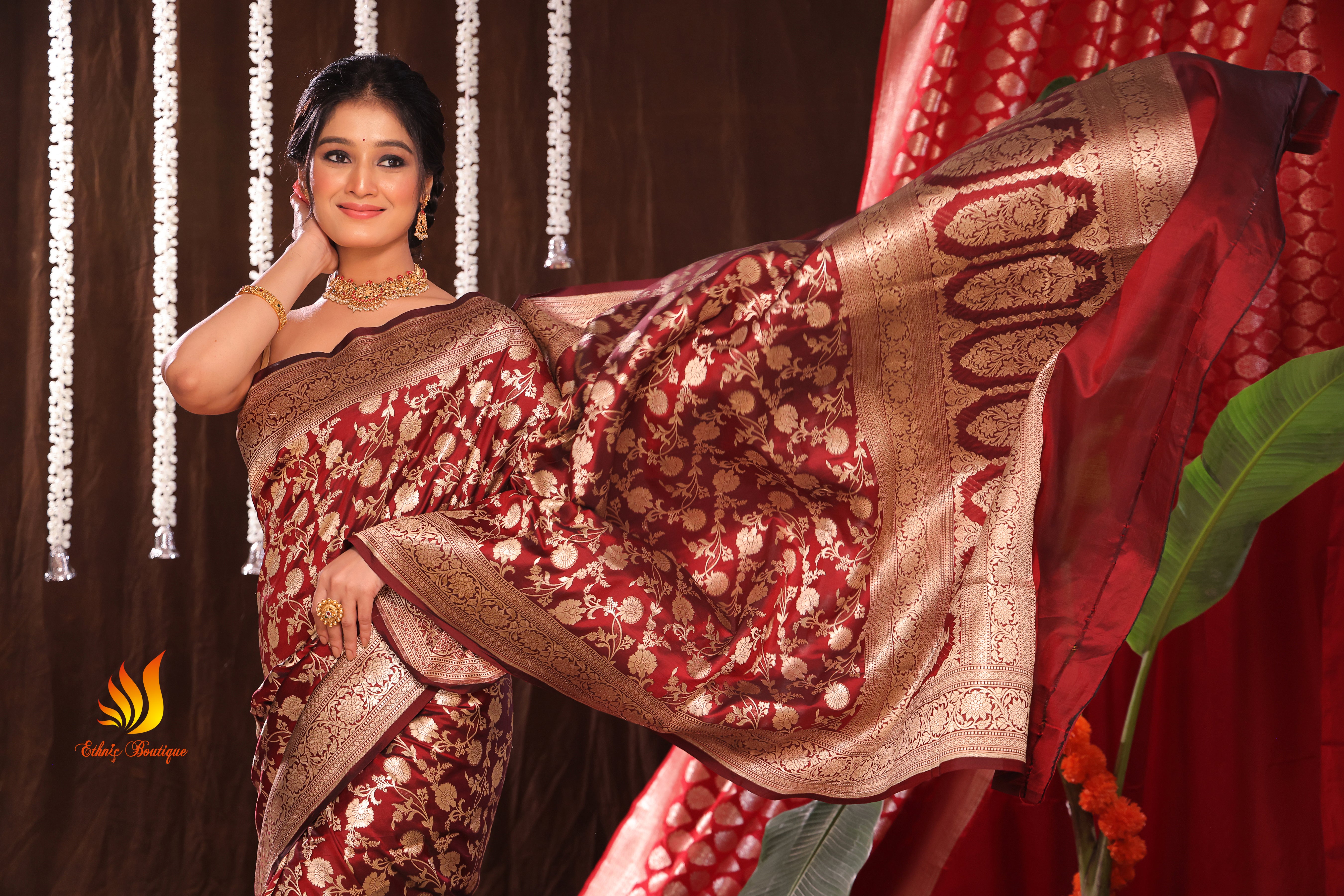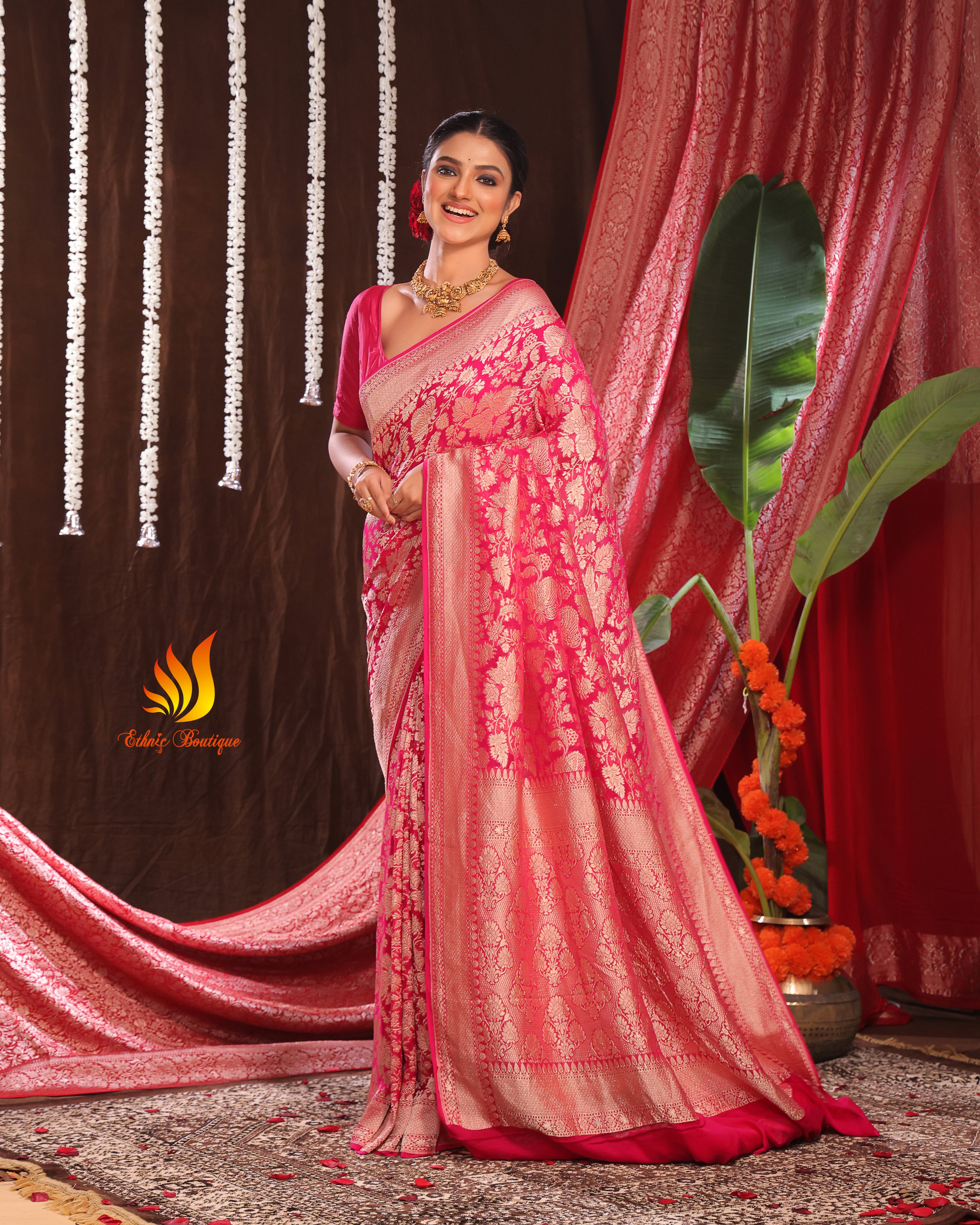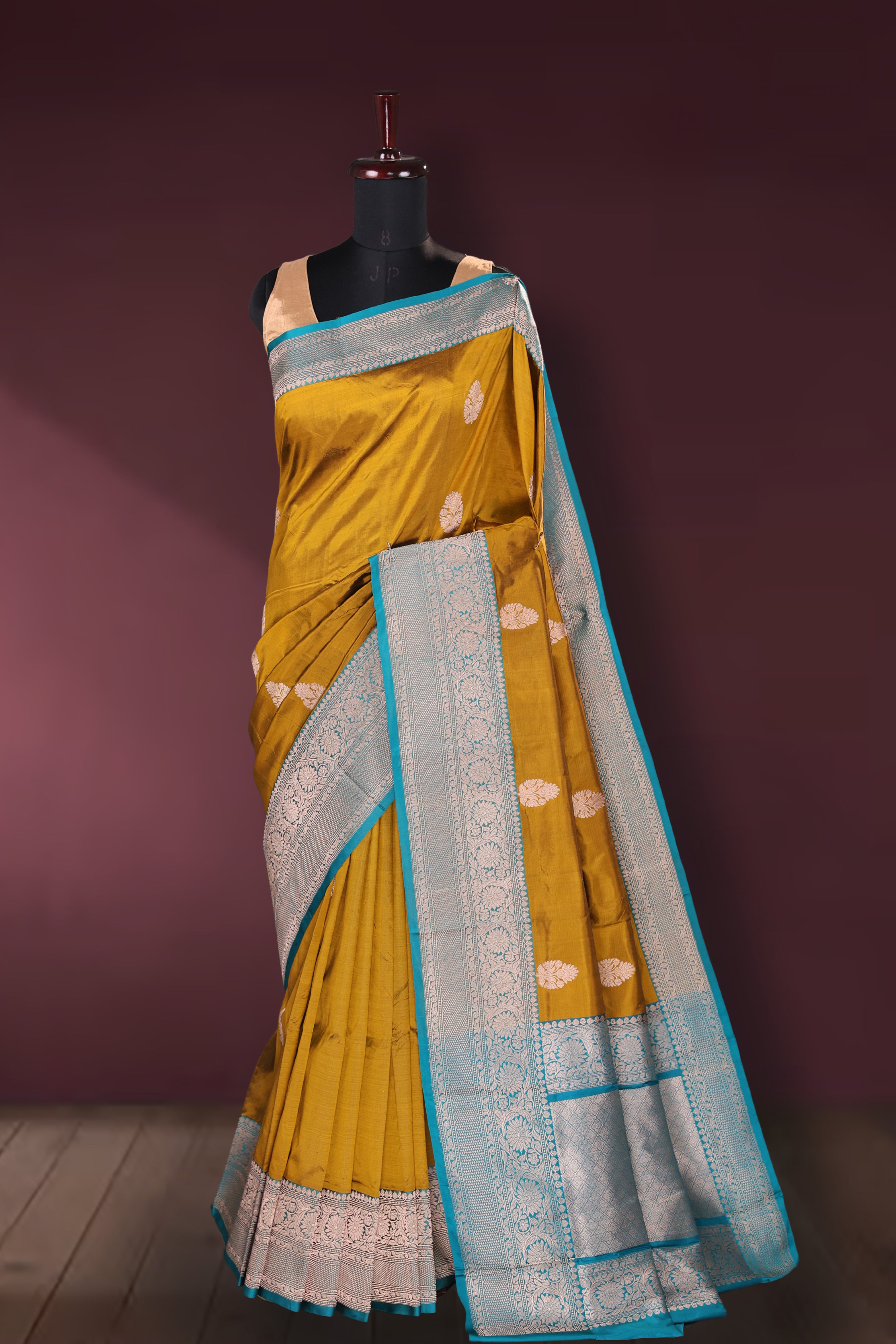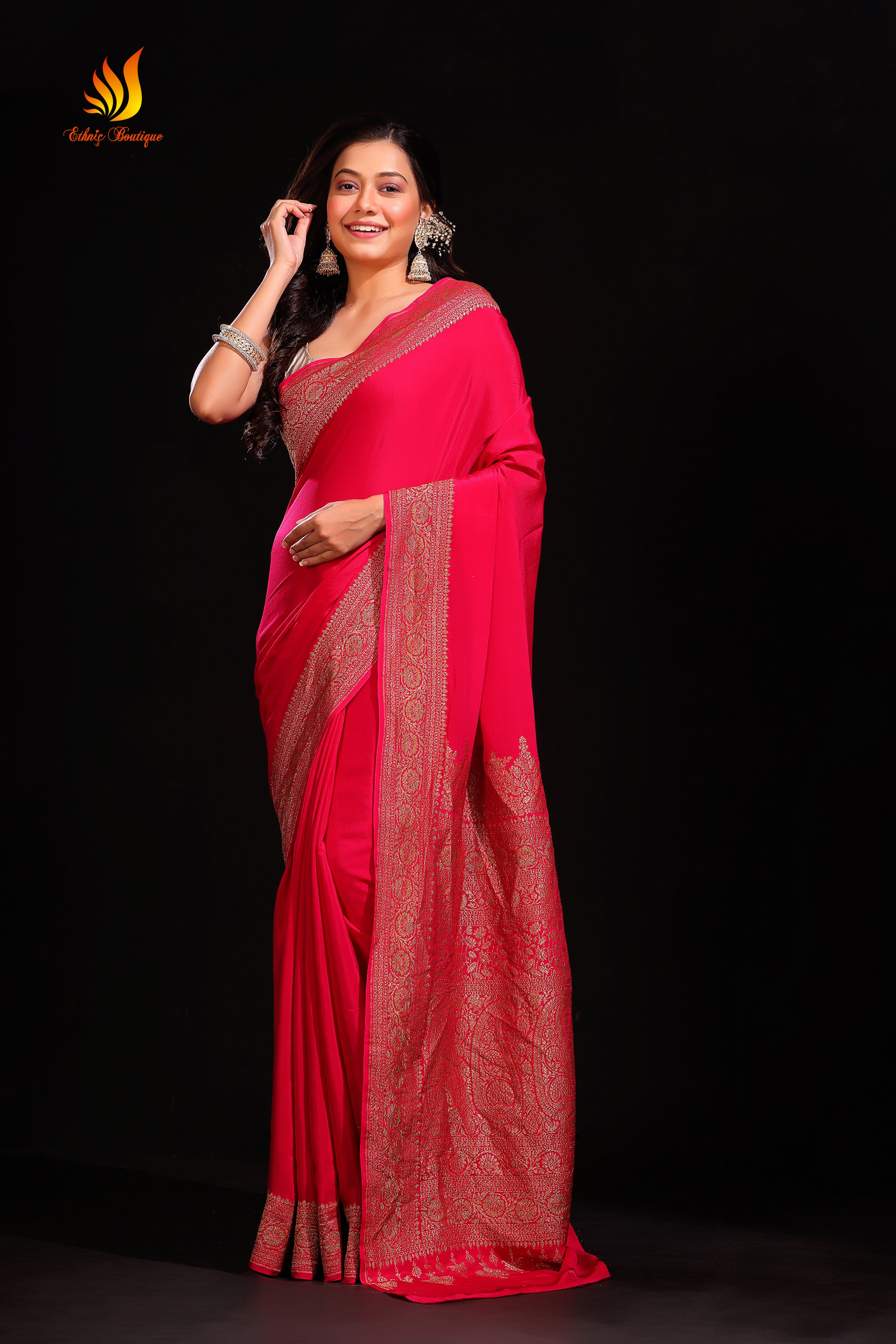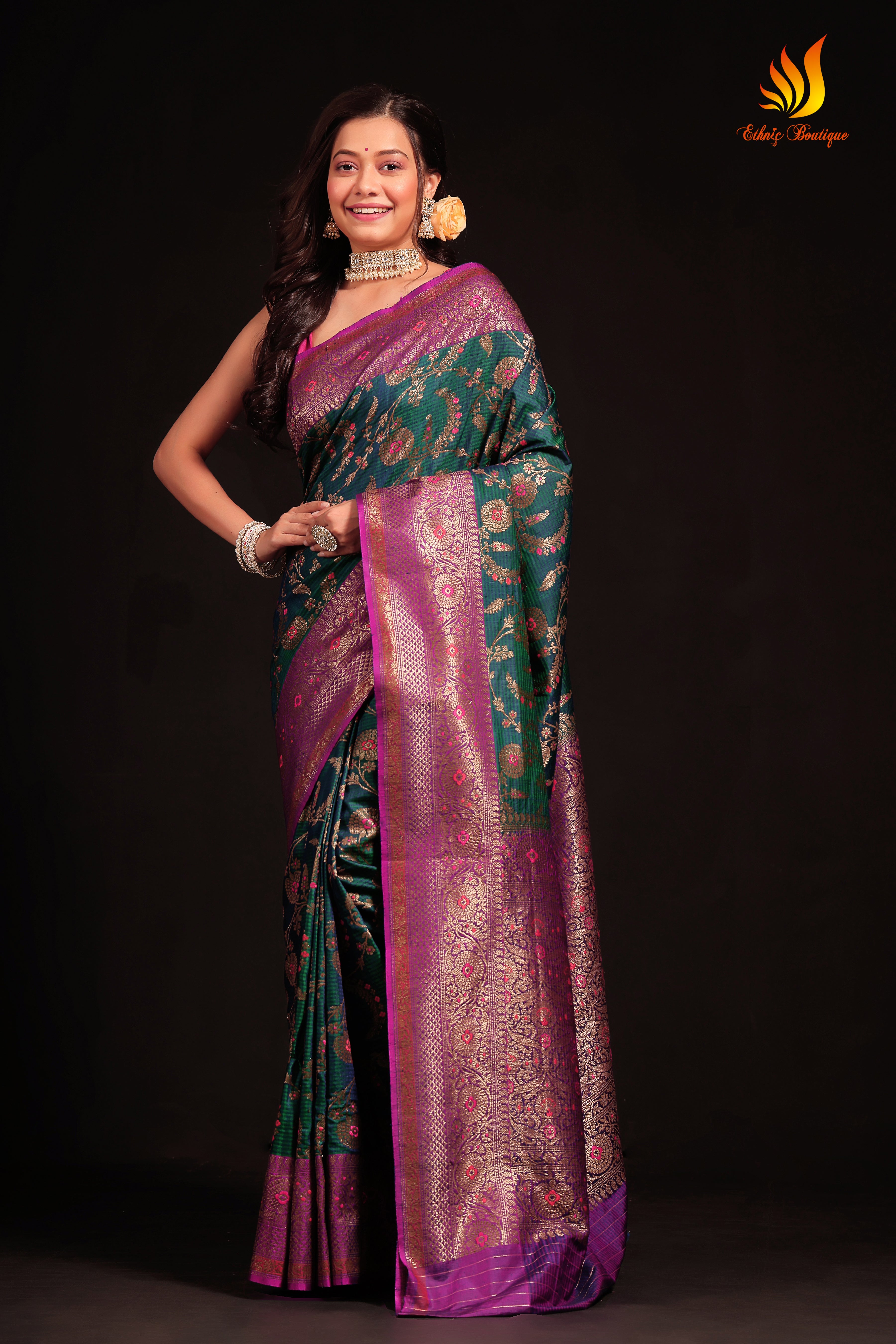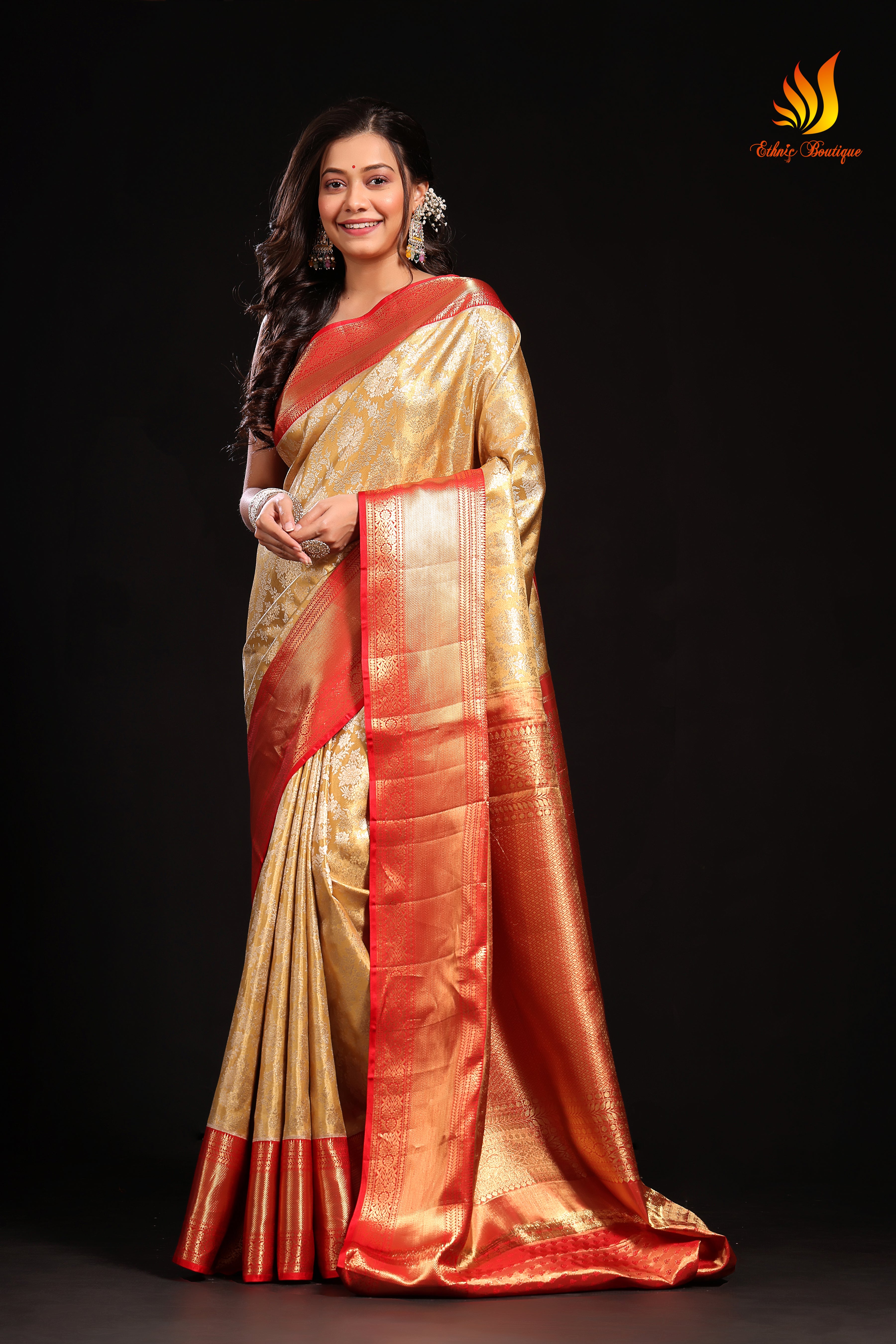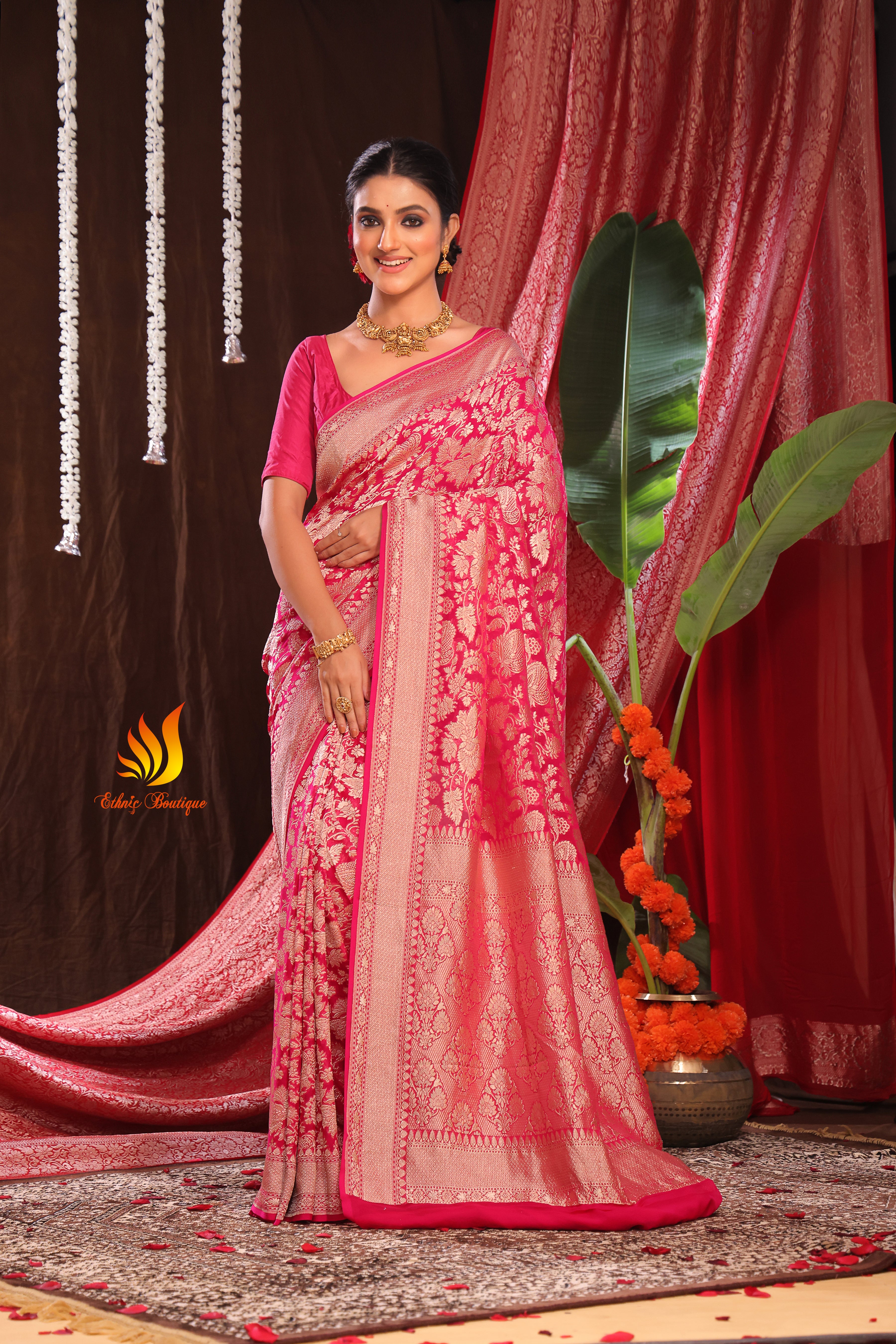A Silk Linen Handwork Suit Piece is a luxurious and elegant fabric combination used for creating high-end, sophisticated outfits, typically worn for special occasions like weddings, festivals, or formal gatherings. Here's a detailed breakdown of a Silk Linen Handwork Suit Piece:
1. Fabric Composition:
-
Silk: Silk is a luxurious, soft, and smooth fabric known for its shine and lustrous finish. It’s typically lightweight and drapes beautifully, making it ideal for formal wear.
-
Linen: Linen is a natural fabric made from flax fibers. It is light, breathable, and has a slightly crisp texture. It’s often used in combination with silk to give the fabric a slightly textured feel while maintaining the smoothness and elegance of silk.
-
Silk-Linen Blend: A blend of silk and linen combines the best qualities of both fabrics. Silk adds sheen and softness, while linen offers structure and breathability, making it suitable for a variety of climates and occasions.
2. Components of a Silk Linen Handwork Suit Piece:
-
Top (Kameez / Kurta):
- The top piece typically measures around 2.5 meters in length and 1 meter in width. This is used to make the upper garment (kameez, kurta, or anarkali).
- The fabric will have intricate handwork such as embroidery or beading on parts of the garment, usually around the neckline, hem, or sleeves.
-
Bottom (Salwar / Churidar / Trouser):
- The bottom piece generally measures around 2 meters and is used for creating the salwar, churidar, or even straight-cut trousers.
- The design may or may not have matching embroidery, but often the bottoms are kept simple to highlight the top.
-
Dupatta (Scarf / Shawl):
- The dupatta in a silk-linen suit piece is usually around 2.5 meters long and 1 meter wide.
- It often features handwork, embroidery, or motifs along the edges, enhancing the overall look of the ensemble.
3. Handwork and Embroidery:
-
Types of Handwork: This fabric is often paired with traditional handwork techniques such as:
-
Zardozi: Heavy, ornate embroidery with gold or silver threads.
-
Aari work: Fine needlework, often in intricate floral or geometric patterns.
-
Resham Thread Work: Soft thread embroidery, typically using silk threads, creating beautiful, detailed patterns.
-
Beading / Sequins: Small beads or sequins are sewn into the fabric for added shimmer and glamour.
-
Handwork Placement: The handwork is typically concentrated around the neckline, bodice, sleeves, and edges of the garment. Some designs may also include embroidery or beading on the dupatta.
4. Design and Color:
-
Traditional & Festive Designs: Silk-linen blends with handwork are often used for special occasions, so they come in rich colors such as gold, royal blue, burgundy, emerald green, and deep red.
-
Patterns and Motifs: The embroidery and handwork can vary from floral motifs, paisleys, or intricate geometric designs, depending on the cultural or regional preferences.
-
Sheen and Texture: The silk gives the fabric a beautiful sheen, while linen adds a subtle texture, making the outfit elegant yet breathable.
5. Uses:
- A Silk Linen Handwork Suit Piece is ideal for weddings, festivals, receptions, or any formal or semi-formal event where a luxurious appearance is desired.
- The combination of silk's softness and linen's breathability makes it comfortable yet chic for evening events or long hours of wear.
- Perfect for those who appreciate both comfort and elegance, as this blend offers the best of both worlds.
6. Care and Maintenance:
- Due to the luxurious nature of the fabric, it's essential to follow proper care instructions.
- Handwash or dry clean only, as the silk-linen blend is delicate and can be damaged by improper washing techniques.
- Avoid exposure to direct sunlight for long periods to maintain the color and sheen of the fabric.
This suit piece would create a truly striking outfit, and its handwork would make it a timeless and valuable addition to any wardrobe. Let me know if you'd like any more specifics on styles or design ideas!
